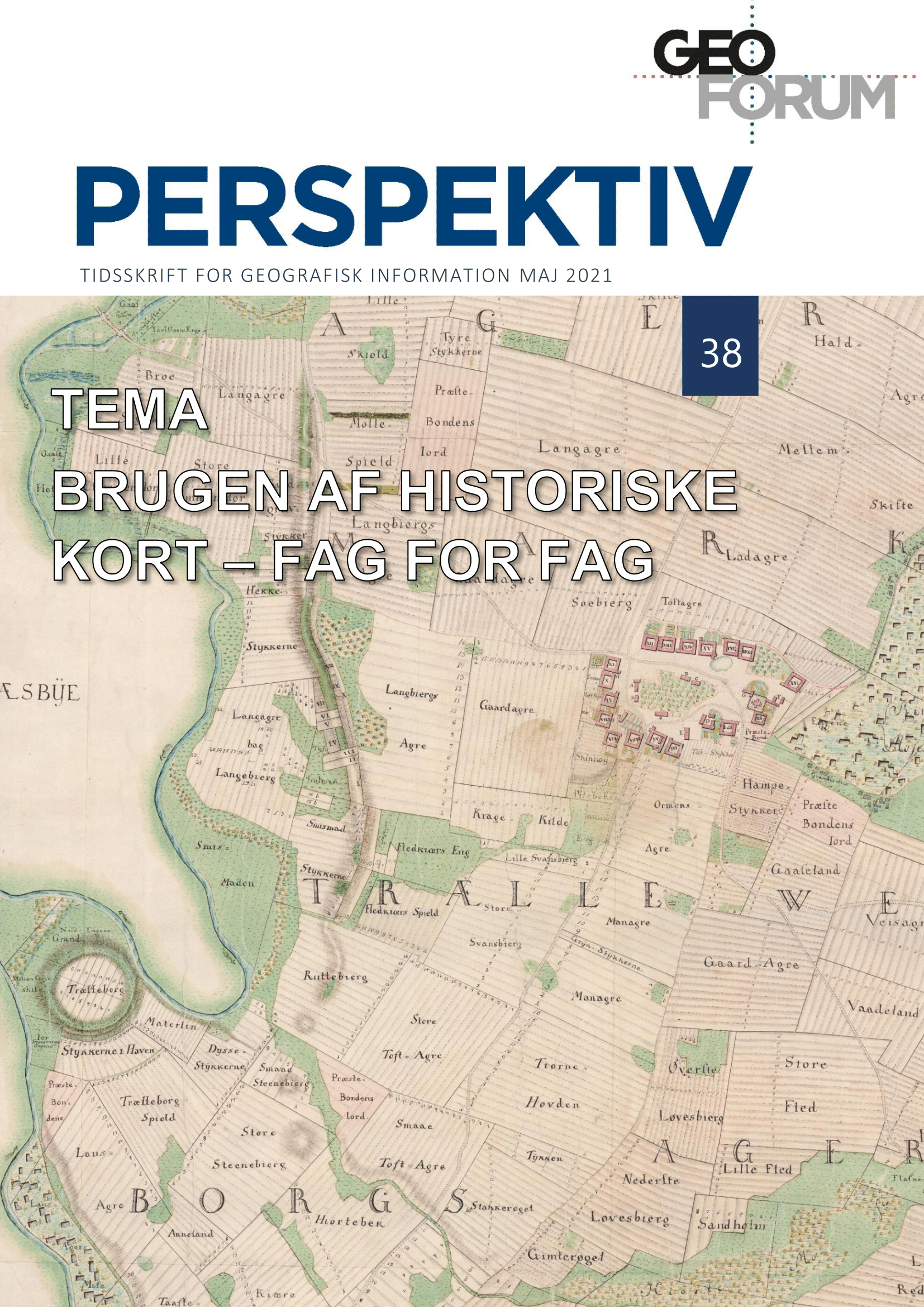The use of historical aerial images from Greenland in climate research
DOI:
https://doi.org/10.5278/ojs.perspektiv.v20i38.6679Abstract
The Greenland Ice Sheet and its peripheral glaciers are being monitored closely to understand their response to climate change and to determine the contribution to global sea level rise from melting and calving processes. Automated weather and GPS stations on the ice provide a continuous stream of information on e.g. insolation, air temperature, precipitation, and elevation change, whilst the big picture is provided by remote sensing from satellites and aircraft. The modern era of remote sensing of the ice masses in Greenland began in the early 1990’s using primarily satellite-based radar altimetry, but also laser altimetry from aircraft. From the c. 224,000 aerial photos of Greenland found in the archive of the Agency for Data Supply and Efficiency (SDFE), it is possible to extend the record of direct observations back to the early 1930’s.
In 2008 a group of researchers at the Natural History Museum of Denmark (NHM) began working with the historical aerial photos at SDFE. The work was made possible by the recent digitization of the index maps and other information needed to use the photos. The applied techniques, the information that can be retrieved about the dynamic landscape of Greenland from aerial photos, and the results are presented, with weight on the research carried out at the NHM.
Downloads
Published
Issue
Section
License
Copyright (c) 2021 Niels Jákup Korsgaard

This work is licensed under a Creative Commons Attribution-NonCommercial-NoDerivatives 3.0 Unported License.
Authors publishing on Geoforum Perspektiv retain full but non-exclusive rights in their articles, and are required to use the Creative Commons license CC by-nc 4.0 when submitting their work.





